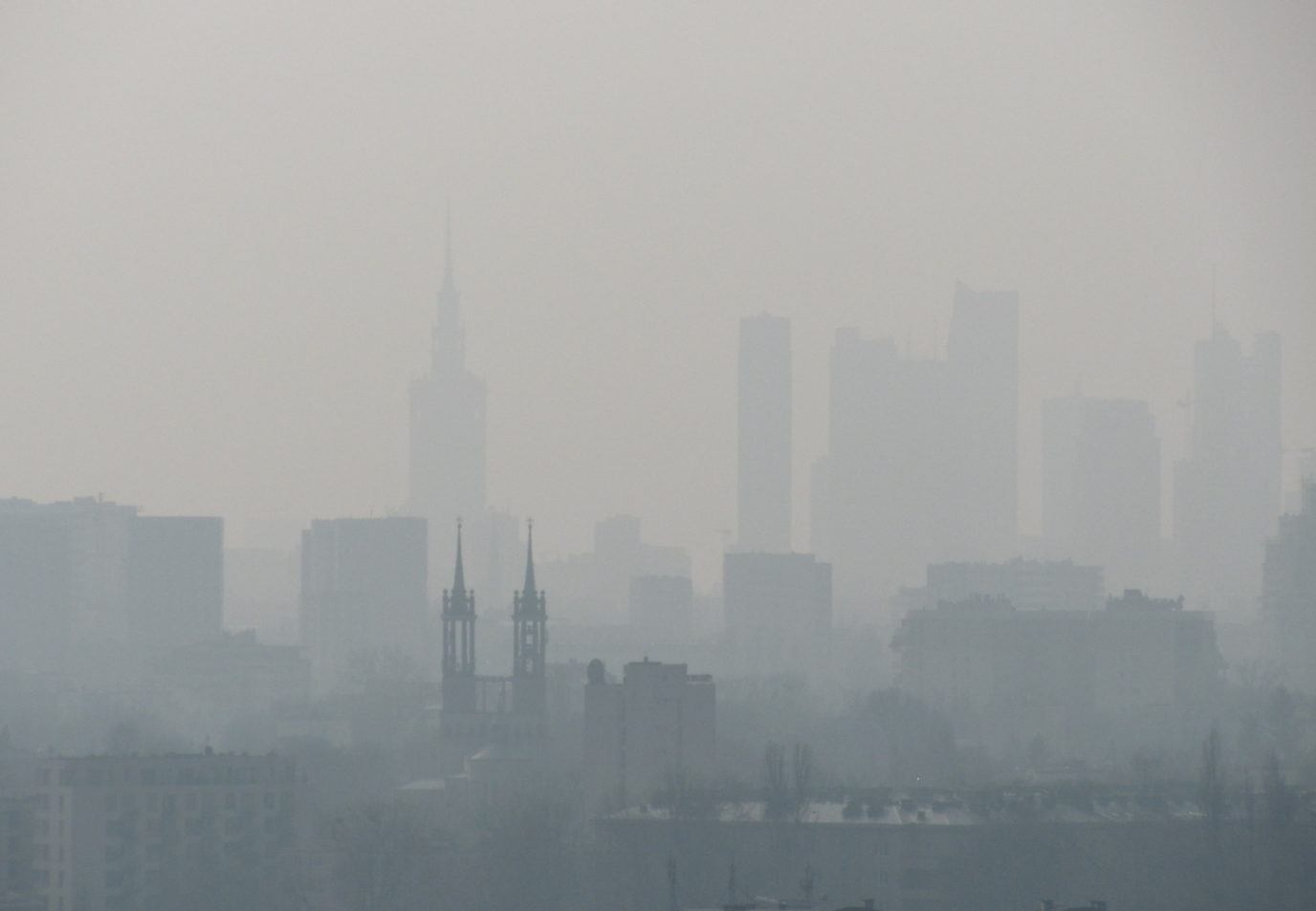Lack of economic justification of the environmental protection often leads to delays and inaction. For this reason, environmental economists undertake cost-benefit analyzes, struggling to capture the broadest possible spectrum of related effects on both sides. These analyses include the so-called non-market goods, i.e. goods that one cannot buy. Examples of non-market goods include length and quality of life, damage of ecosystems, animal welfare and quality of urban spaces and green areas.
It is possible to estimate the value of avoidable losses, i.e. costs that could be avoided if appropriate actions and regulations had taken place earlier. In case of air pollution, the largest part of damage estimates are related to: reduced life expectancy, morbidity costs (hospital admittance, sickness leave, medical costs), followed by damage to ecosystems. The labor productivity losses alone due to air pollution accounts for about 5% of the total damage.
According to estimates by Stefan Åström and his team, public policies to reduce air pollution may contribute positively to economic growth. The authors provide data for Poland, amongst other countries, and show that more stringent air quality regulations could be warranted based solely on economic grounds. Economic benefits from reducing emissions of PM2.5 by 25% across Europe are estimated as 200 greater than corresponding abatement costs (under assumption that costs translate linearly into reductions in concentration of similar magnitude).

1 Stefan Åström, Katarina Yaramenka (IVL), Rob Maas (RIVM), Cost of inaction on air pollution – Synthesis of current knowledge, available on-line
2 Similar data is presented in the OECD report, The economic costs of air pollution: Evidence from Europe: https://www.oecd.org/economy/greeneco/economic-costs-air-pollution-evidence-from-europe/